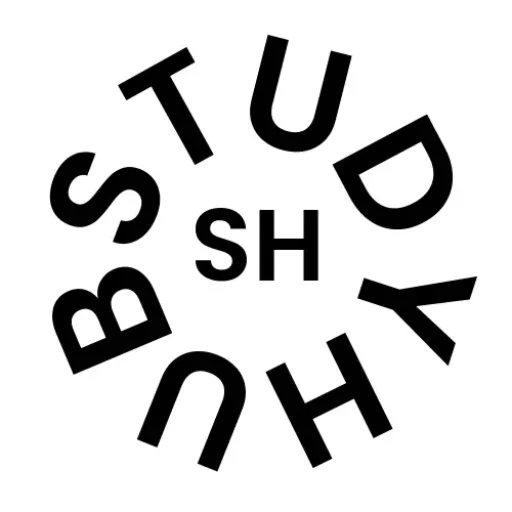
After almost two years of upheaval, the BJP-led government in Manipur has been rejected and the president’s board has been imposed. The move, even though it is not unique, has given Congress an opportunity to retaliate against Prime Minister Narendra Modi’s previous reprimand of the historical use of Article 356 of the Party.
In 2023, the Modi Congress condemned to implement Article 356 on 90 occasions in 2023, and claimed to tread federalism. He excluded former Prime Minister Indira Gandhi, who has 50 such examples for her functional time. Now, under the central regime, with Manipur, the tables have changed, and congress leaders Mallikrajun Kharge and Rahul Gandhi call the entry of BJPS failure to serve it effectively.
Since the Constitution came into effect in 1950, President’s Rule has been enforced 134 times, mostly targeting Opposition-led states. However, history shows that even ruling parties have dissolved their own governments when crises spiraled out of control.
When the Centre Took Down Its Own Government
1973: Andhra Pradesh’s Internal Strife
Demand for a separate Andhra state erupted in 12 coastal districts, leading to widespread unrest. Under pressure, then-Chief Minister P.V. Narasimha Rao resigned, and the Indira Gandhi government imposed President’s Rule for 11 months.
1974: Student-Led Revolt in Gujarat
The Nav Nirman movement, sparked by skyrocketing hostel fees, snowballed into a mass protest against corruption. The agitation forced Congress CM Chimanbhai Patel to resign. Even after his exit, students demanded the dissolution of the Assembly. The situation escalated further when Morarji Desai, Gandhi’s political rival, announced a fast unto death. Within days, President’s Rule was declared.
1983: Punjab’s Descent into Chaos
Elected in 1980, Congress CM Darbara Singh struggled to include the growing tide of militancy in Punjab. As violence surged, Indira Gandhi’s authorities intervened, brushing off its personal management and placing Punjab beneath direct rule.
Opposition Governments in the Crosshairs
1959: Kerala’s Communist Experiment Halted
India’s first democratically elected Communist government, led by EMS Namboodiripad, confronted fierce resistance from Christian corporations over college reforms. The agitation caused violent clashes, prompting the Nehru government to invoke Article 356 and brush aside the country administration.
Indira Gandhi’s Tenure: A Political Battleground
Between 1967 and 1969, seven state governments fell under President’s Rule as coalition alliances crumbled. Many of these dismissals targeted Sanyukta Vidhayak Dal-led governments, a coalition of anti-Congress parties.
1977: Janata Party’s Retaliation
After Indira Gandhi’s Emergency ended, the Janata Party government swiftly removed nine Congress-led state governments in one fell swoop.
1980: Congress Strikes Back
Indira Gandhi, returning to power in 1980, paid back the Janata Party by imposing President’s Rule on nine Opposition-ruled states.
1992: Babri Masjid Fallout
Following the demolition of the Babri Masjid in Ayodhya, Prime Minister P.V. Narasimha Rao disregarded BJP governments in Uttar Pradesh, Madhya Pradesh, Rajasthan, and Himachal Pradesh.
Q1: What is President’s Rule?
A: President’s Rule, under Article 356 of the Indian Constitution, is imposed when a state government fails to function according to constitutional provisions. The Centre takes over governance, and the state legislature is either suspended or dissolved.
Q2: How many times has President’s Rule been imposed in India?
A: Since 1950, it has been imposed 134 times, primarily affecting Opposition-ruled states.
Q3: Can a ruling party at the Centre dismiss its own state government?
A: Yes, as seen in cases like Andhra Pradesh (1973), Gujarat (1974), and Punjab (1983), where crises led the Centre to impose President’s Rule on its own party’s state governments.
Q4: What happens when President’s Rule is imposed?
A: The Governor assumes executive authority, the state legislature is suspended or dissolved, and Parliament administers the state’s governance.
Q5: What is the longest duration of President’s Rule in any state?
A: Punjab holds the record, remaining under President’s Rule for nearly five years (1987–1992) due to militancy.
Q5: How is President’s Rule revoked?
A: It can be revoked when stability is restored, elections are conducted, and a new government is formed in the state.
